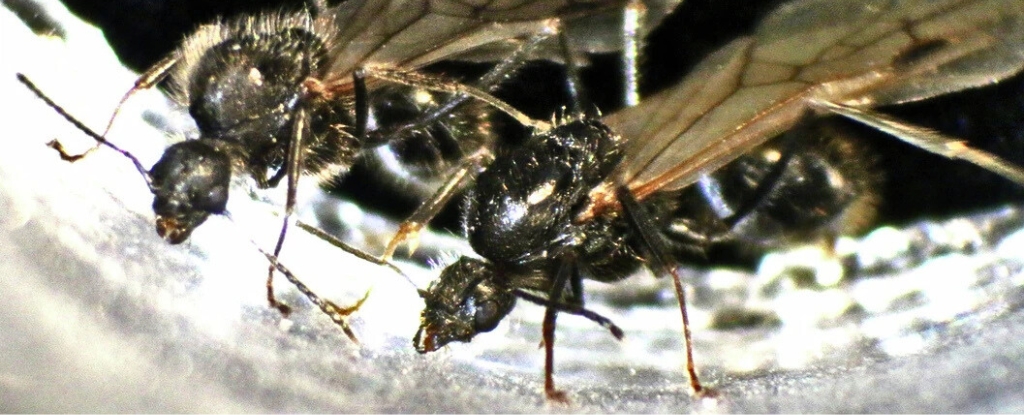Paleontologists in China have uncovered the skeletal remains of a new genus and species of sauropod dinosaur from the Late Jurassic period, Tongnanlong zhimingi.
This massive dinosaur, which lived approximately 147 million years ago, roamed the area now known as southwestern China. Measuring between 23 to 28 meters in length, Tongnanlong zhimingi was one of the largest sauropods to have inhabited the region.
According to sci.news, this discovery adds valuable insights into the diversity of sauropods during the Late Jurassic and provides important data for understanding the evolutionary development of these colossal creatures.
A Remarkable Discovery
The newly described species of sauropod was between 23 to 28 meters (75.5-92 feet) long, a size that places it among the giants of the Jurassic era.


The fossil evidence, including three dorsal vertebrae, six caudal vertebrae, and some limb bones, was excavated in the Tongnan district of the Sichuan Basin, a region rich in prehistoric remains. As noted by the research team,
“Our field work shows that the fossiliferous site belongs to the lower portion of the Upper Jurassic Suining Formation, overlying by the Quaternary deposits.”
The Role of Southwestern China in Dinosaur Evolution
Southwestern China, particularly the Sichuan Basin, has long been recognized as a hotspot for Late Jurassic fossils, and Tongnanlong zhimingi is another key piece in understanding this region’s role in dinosaur evolution. The area has previously yielded other significant finds from the Mamenchisaurid family, contributing to the region’s importance in understanding the diversity and distribution of sauropods.
“The southwestern China is a key region that yields Middle-Late Jurassic sauropod dinosaurs, particularly the Sichuan Basin,” the researchers explained.
Reevaluating Sauropod Distribution
The discovery of Tongnanlong zhimingi challenges the long-held view that sauropods from the Sichuan Basin were isolated from those in other parts of the world. Traditionally, sauropod faunas from this region were believed to be endemic, distinct from other Pangean terrestrial faunas. As the researchers noted,
“The sauropod fauna from the Middle-Late Jurassic Sichuan Basin has previously been considered an endemic fauna which differs from the contemporaneous sauropod faunae from the Pangean terrestrial faunae.”
However, recent phylogenetic analyses of sauropod fossils from both China and Africa suggest a global distribution of Mamenchisauridae during the Middle Jurassic, challenging the East Asian Isolation hypothesis.
“This distribution has often been interpreted by the East Asian Isolation hypothesis, which occurred during the Jurassic to Early Cretaceous,” the paleontologists added.
However, this hypothesis is challenged by more phylogenetic analyses and studies of neosauropod dinosaurs from China and mamenchisaurid dinosaurs discovered from Africa, which support the idea that they were distributed globally during the Middle Jurassic.
Understanding Sauropod Evolution
The identification of Tongnanlong zhimingi adds to the growing body of knowledge about the evolution of sauropods, particularly as it relates to their increasing size over time.
“Sauropods were gigantic, quadrupedal herbivores and the largest terrestrial dinosaurs ever existed,” said Dr. Xuefang Wei from the Chengdu Center of China Geological Survey and colleagues.
As these dinosaurs evolved, their bodies grew larger, marking a significant evolutionary trend in the Middle to Late Jurassic periods. This new species further enriches the diversity of sauropods and offers new insights into their evolutionary patterns.
Mamenchisauridae was distributed globally in the Late Jurassic rather than an endemic fauna which was previously considered limited to East Asia – the researchers concluded.
A Rich Fossil Record
The site where Tongnanlong zhimingi was discovered also yielded a wealth of invertebrate fossils.
The Suining Formation consists of purplish red mudstone and sandstone – the paleontologists observed.
Abundant invertebrate fossils are known from this formation, especially ostracods and stoneworts, along with some freshwater bivalves, conchostracans.
In addition to the sauropod fossils, other vertebrates were identified, including Ceratodus szechuanensis (fish), Plesiochelys tatsuensis (turtle), and Mamenchisaurus anyuensis (dinosaur). These findings provide important context for understanding the broader ecosystem in which Tongnanlong zhimingi lived.
The research, which was published in Scientific Reports on July 10, provides a valuable contribution to the understanding of sauropod diversity, their evolutionary trends, and the global distribution of these incredible creatures during the Jurassic period. As the team concluded, Tongnanlong zhimingi
Enriches the diversity of eusauropods and provides new information on the understanding of the sauropod diversity and evolutionary trend from the Middle Jurassic to the Late Jurassic when their bodies became larger.
Source link

